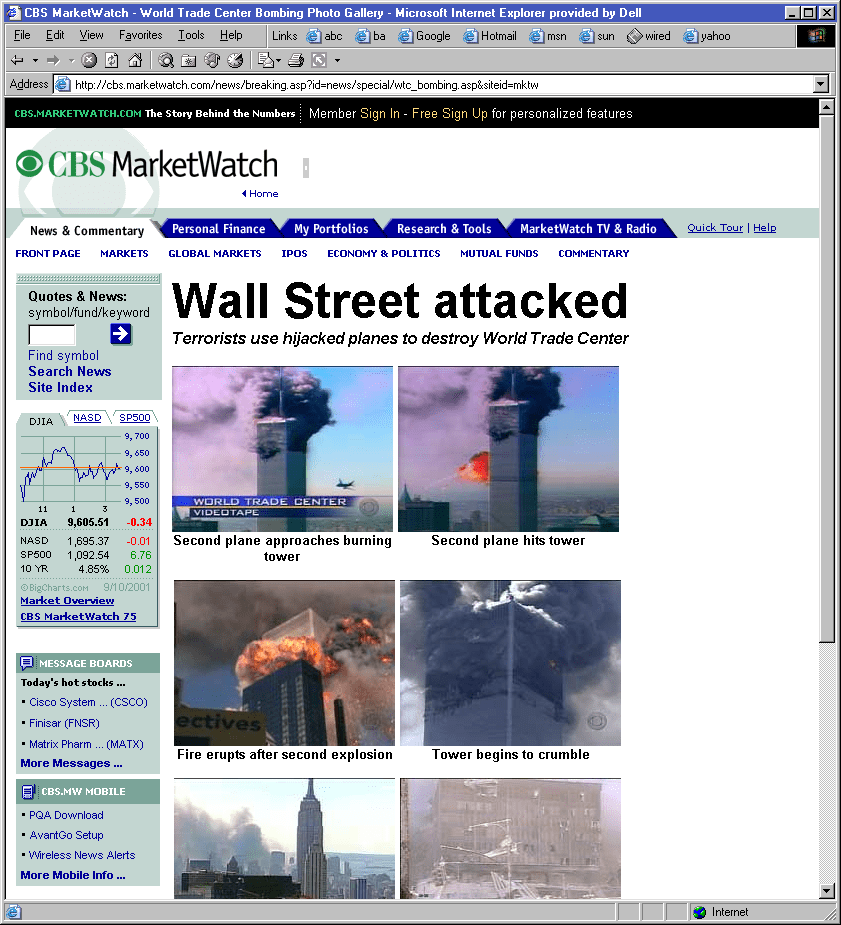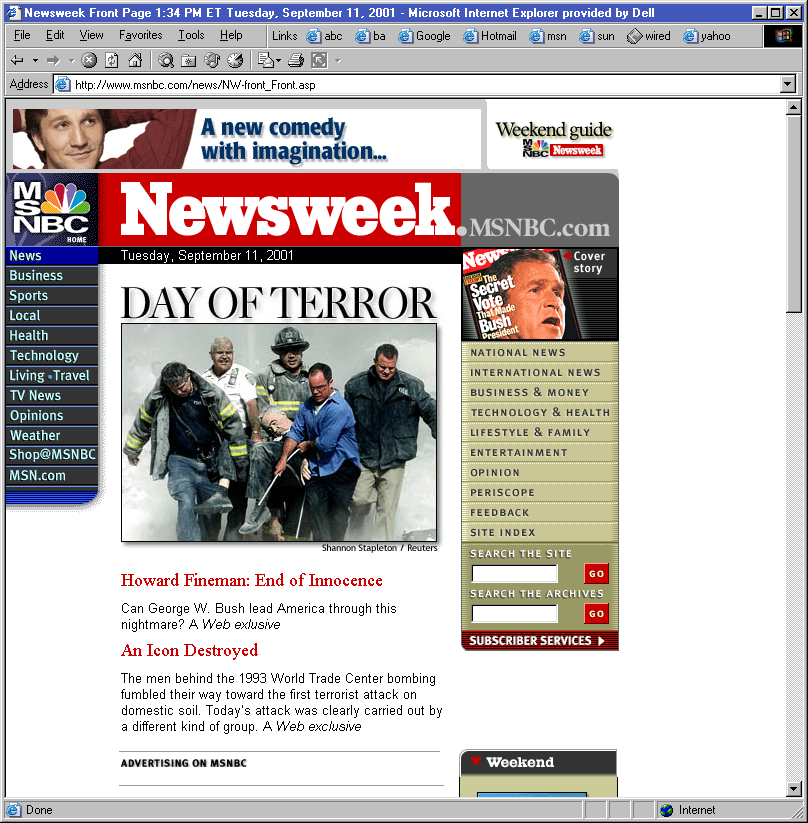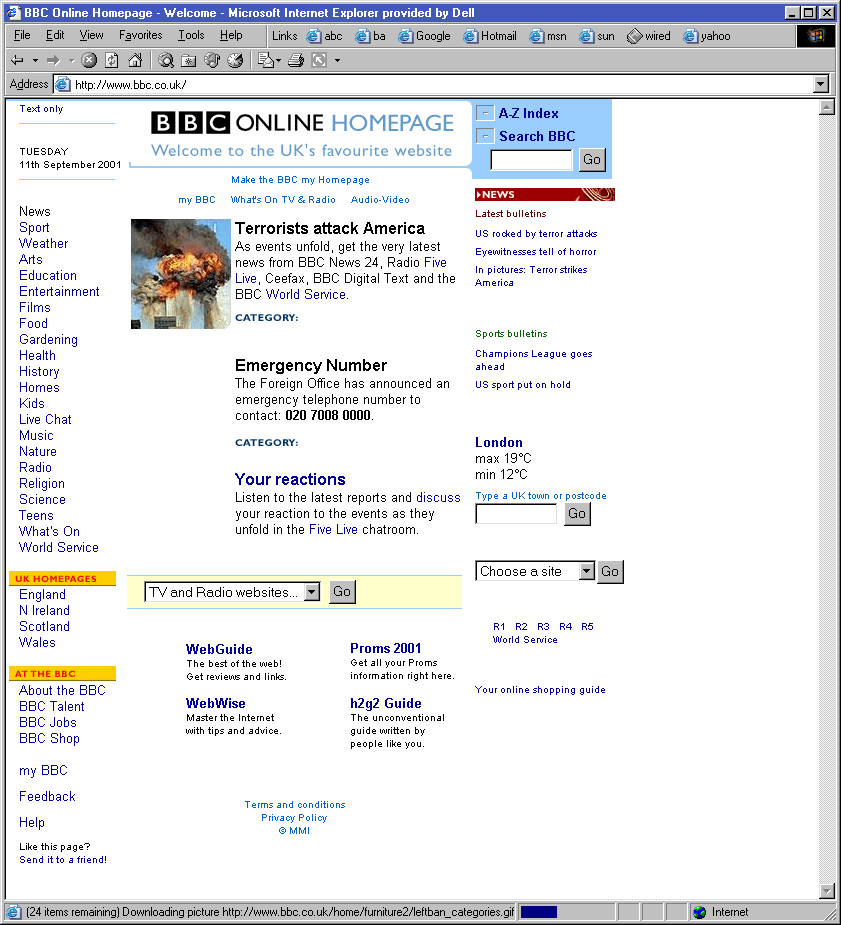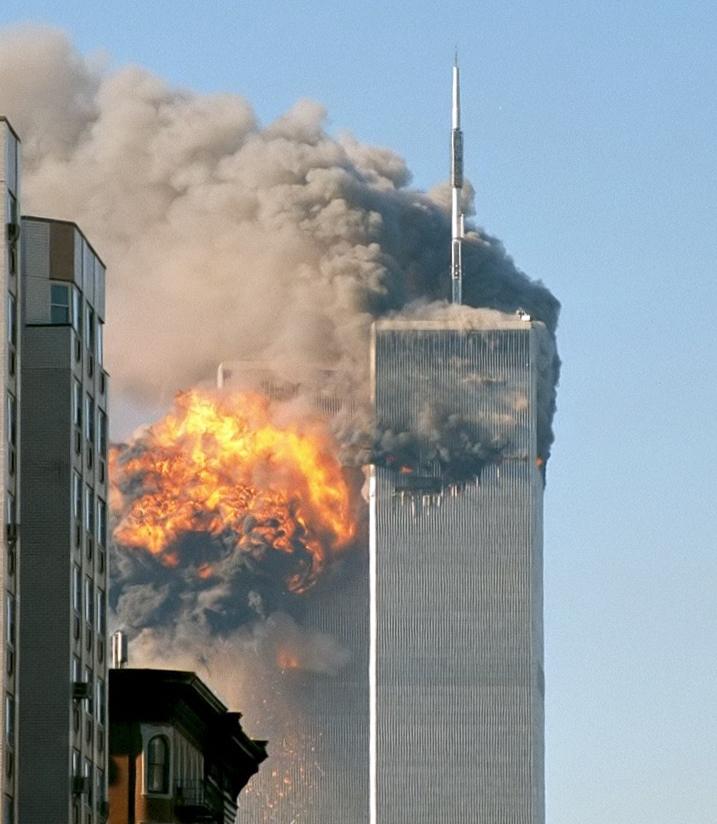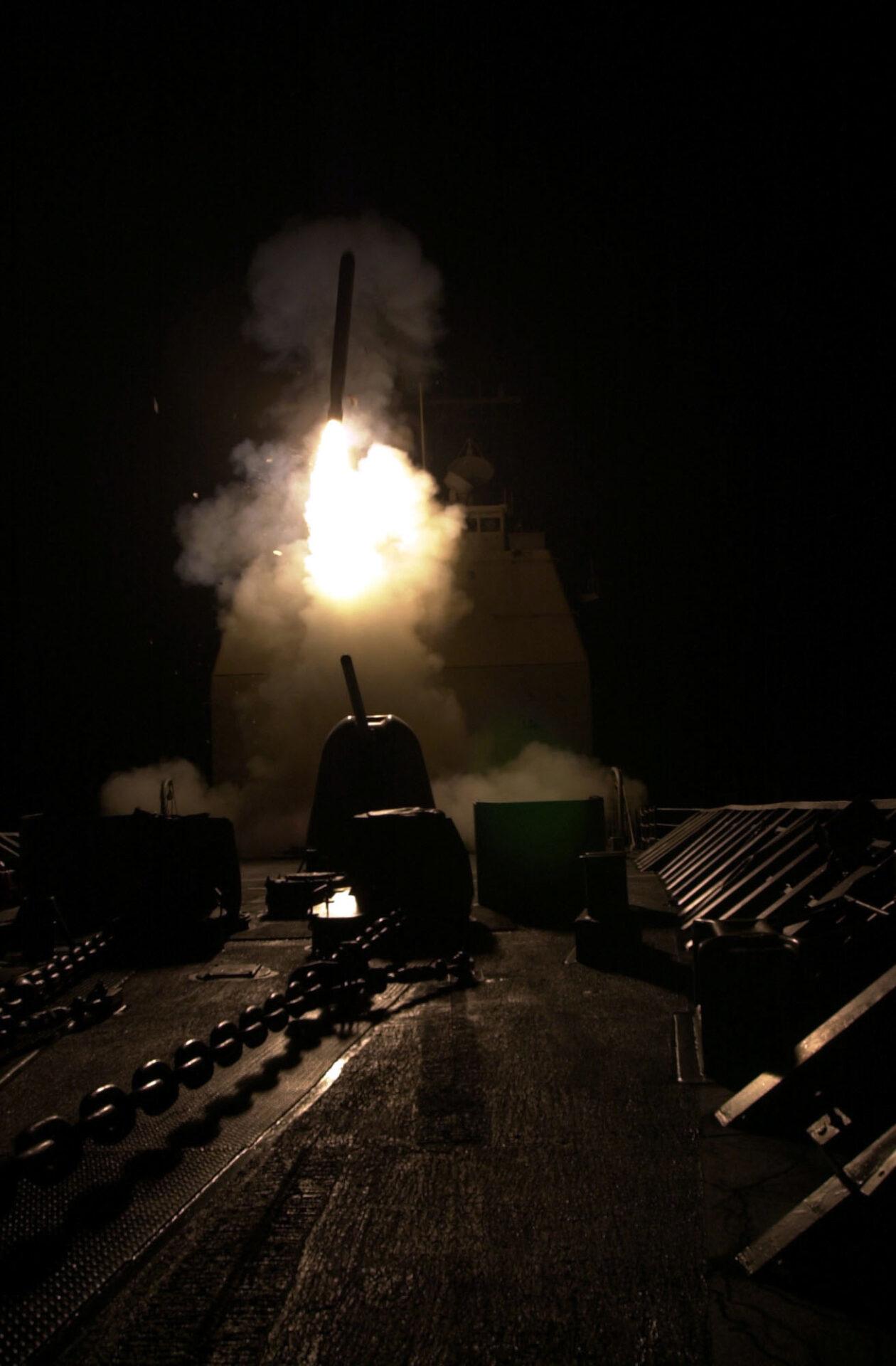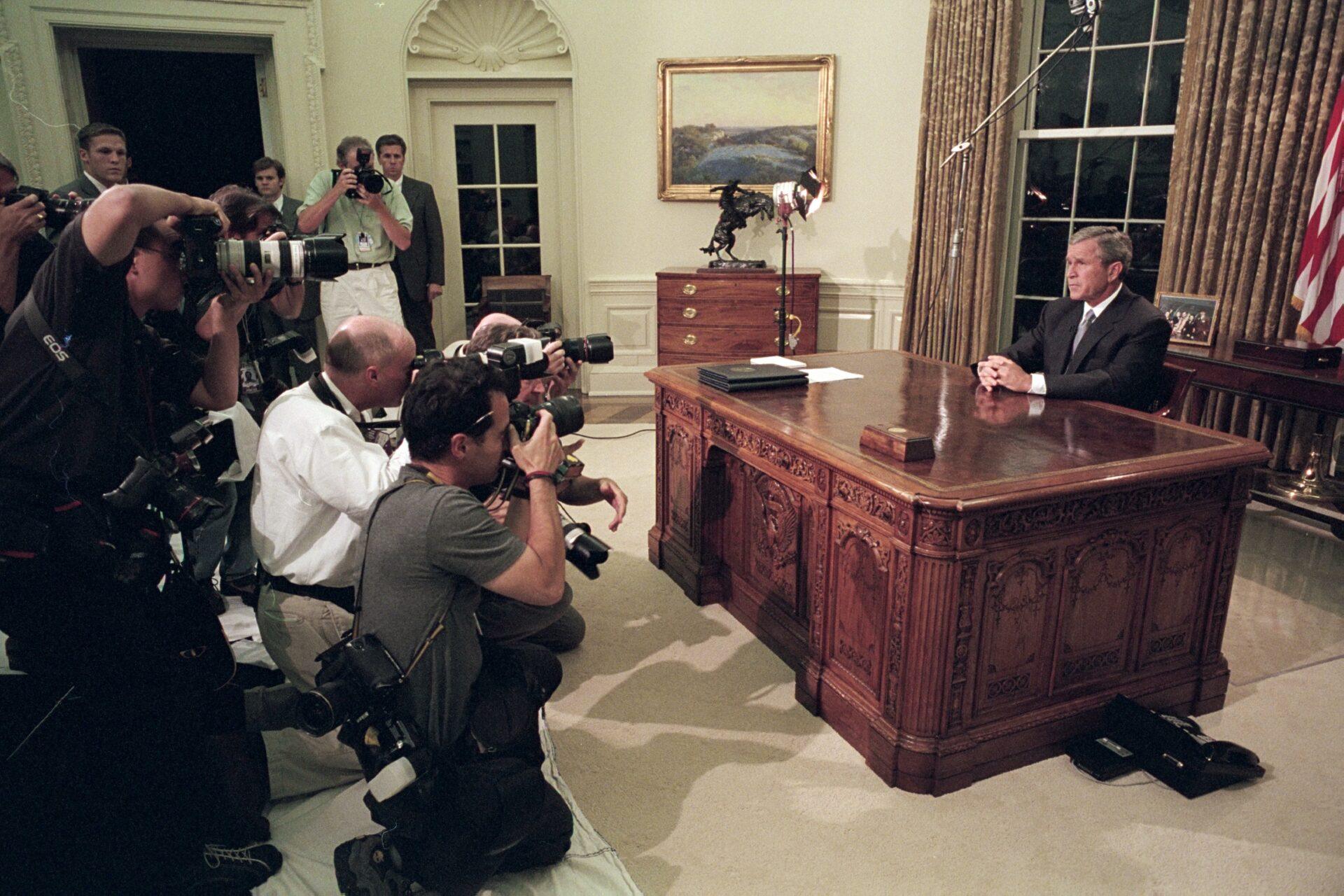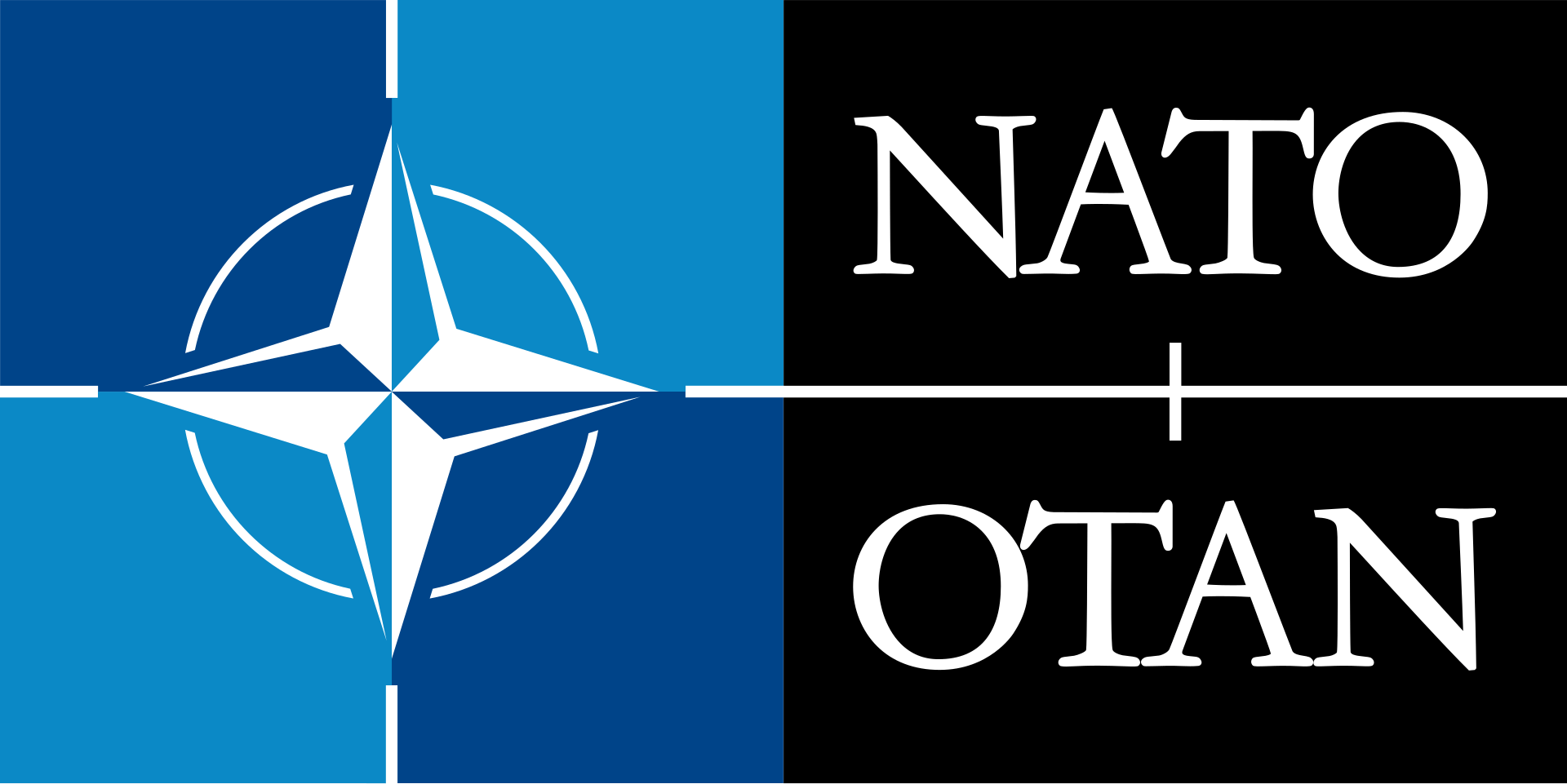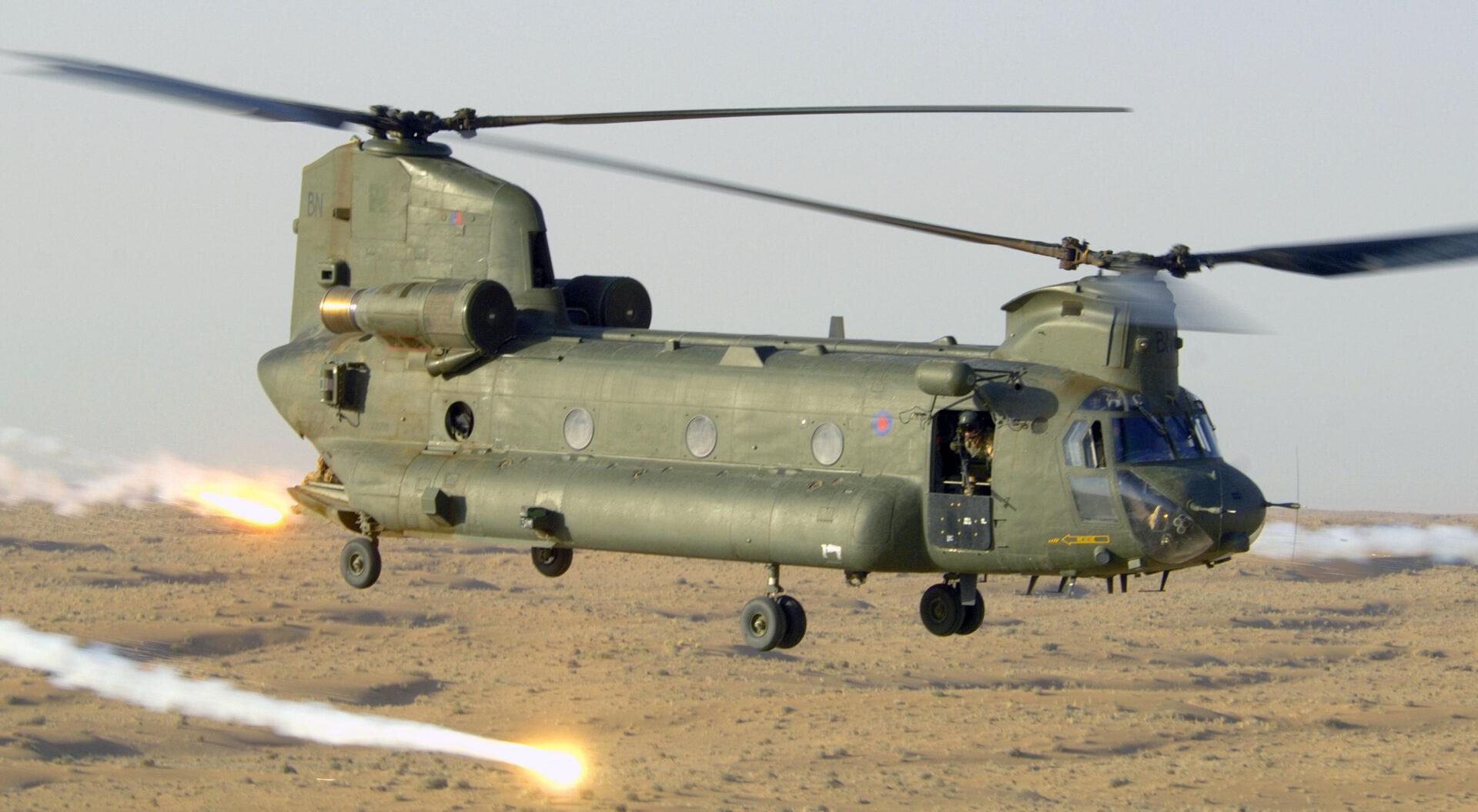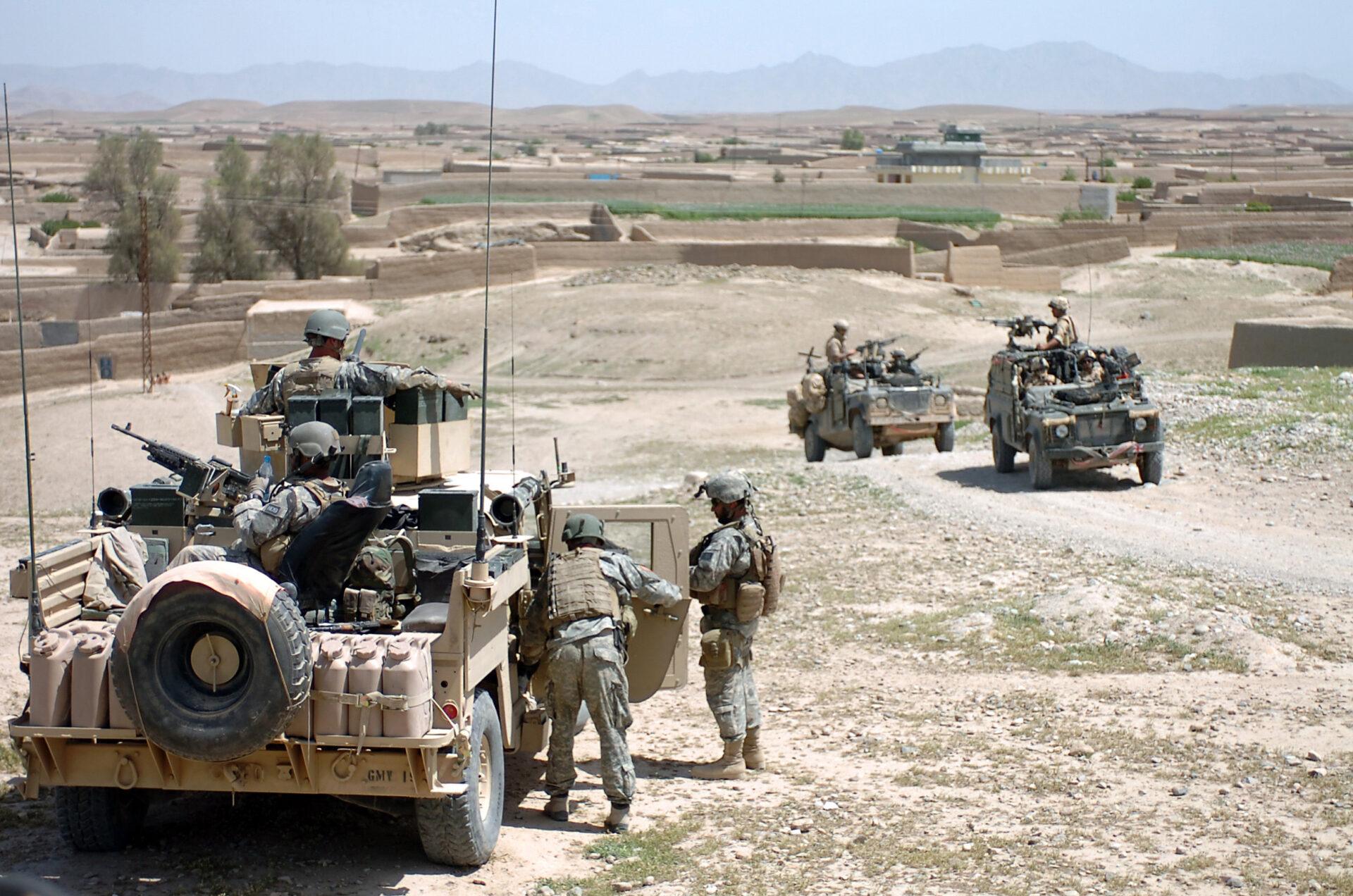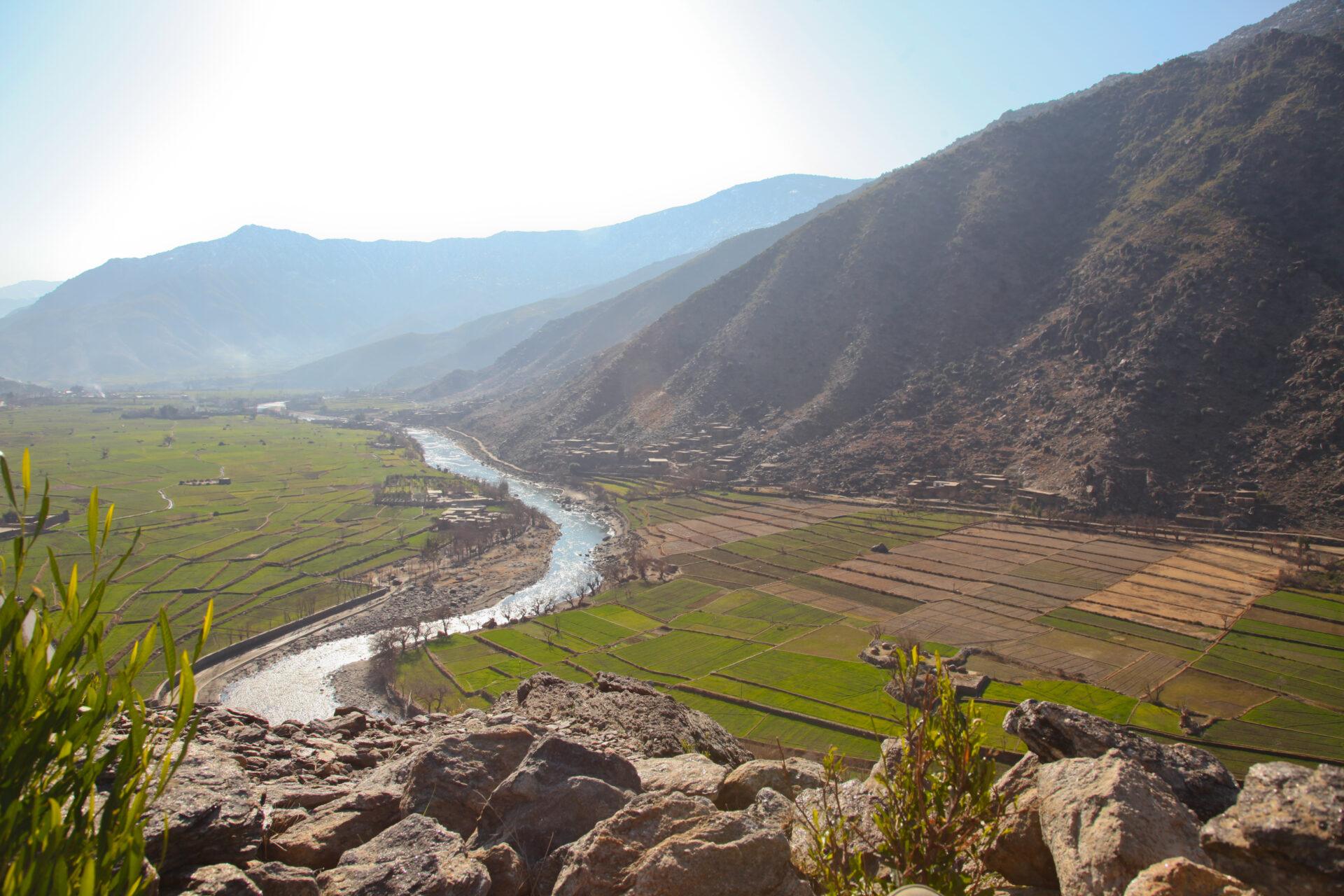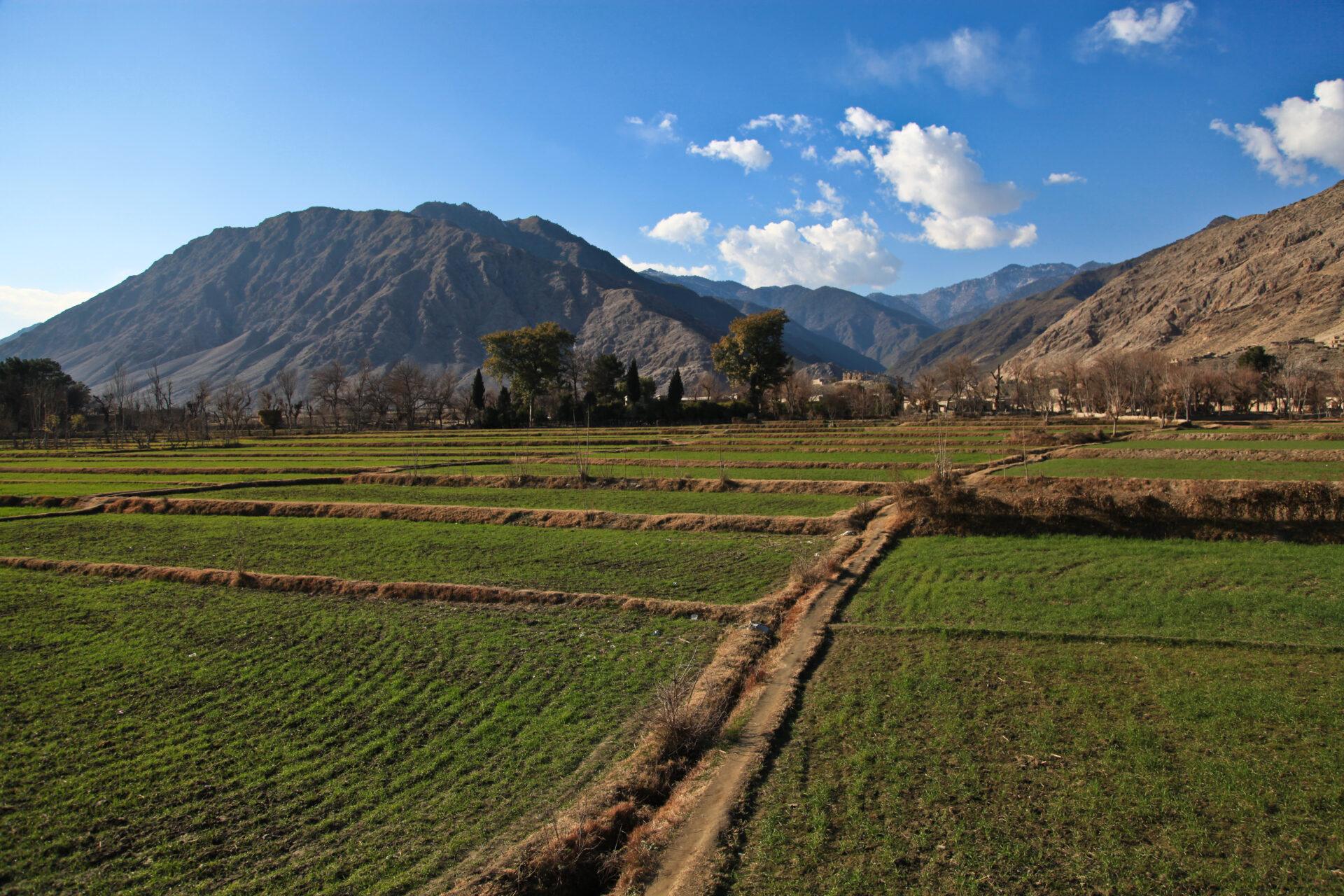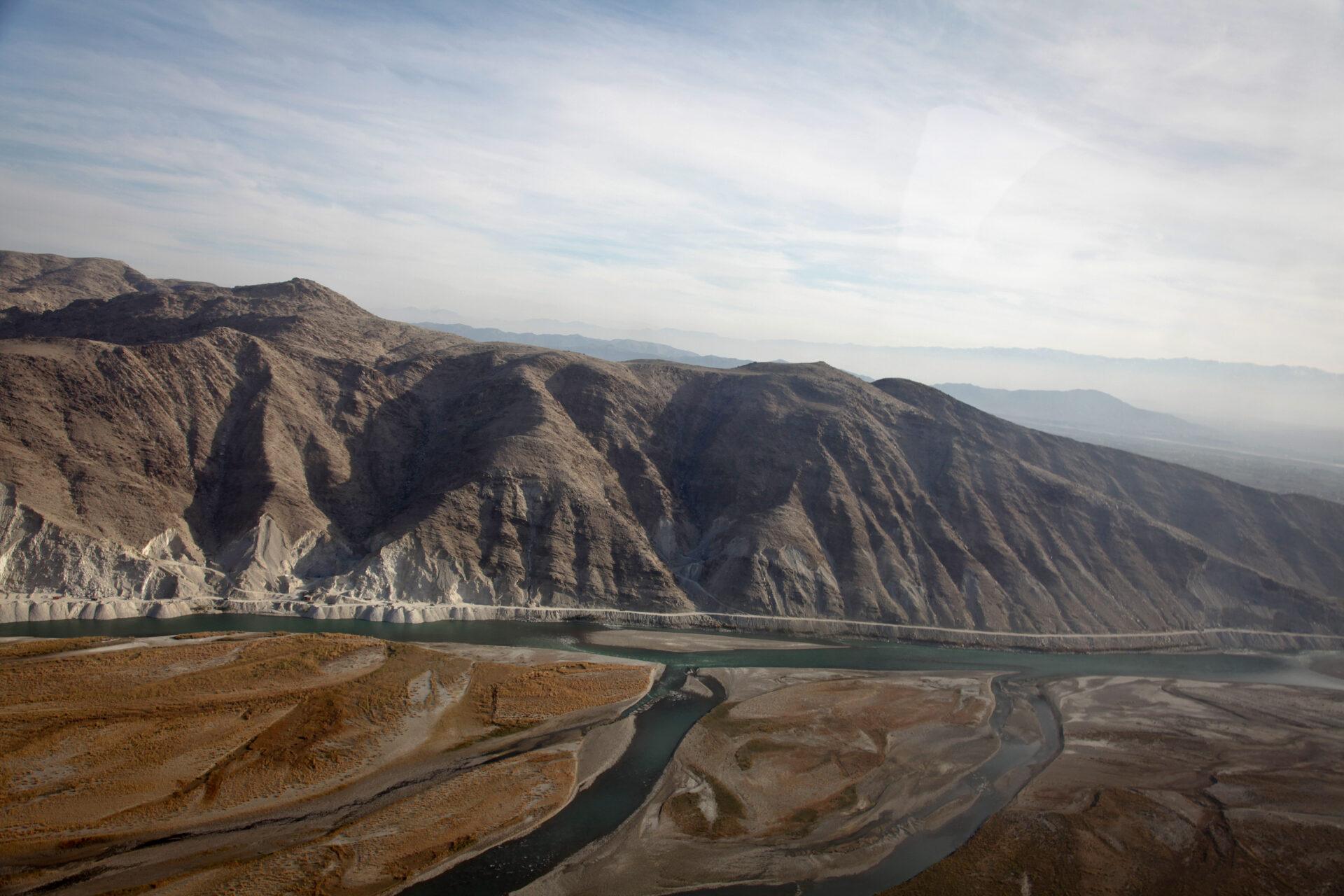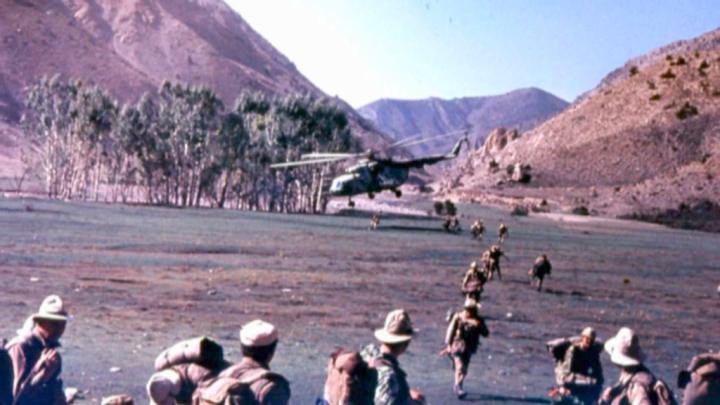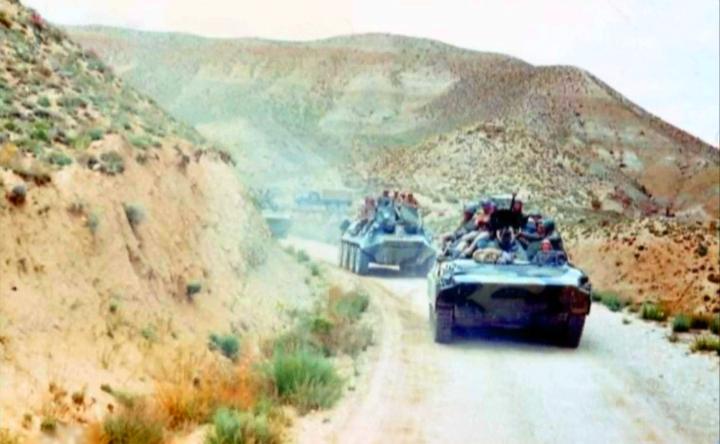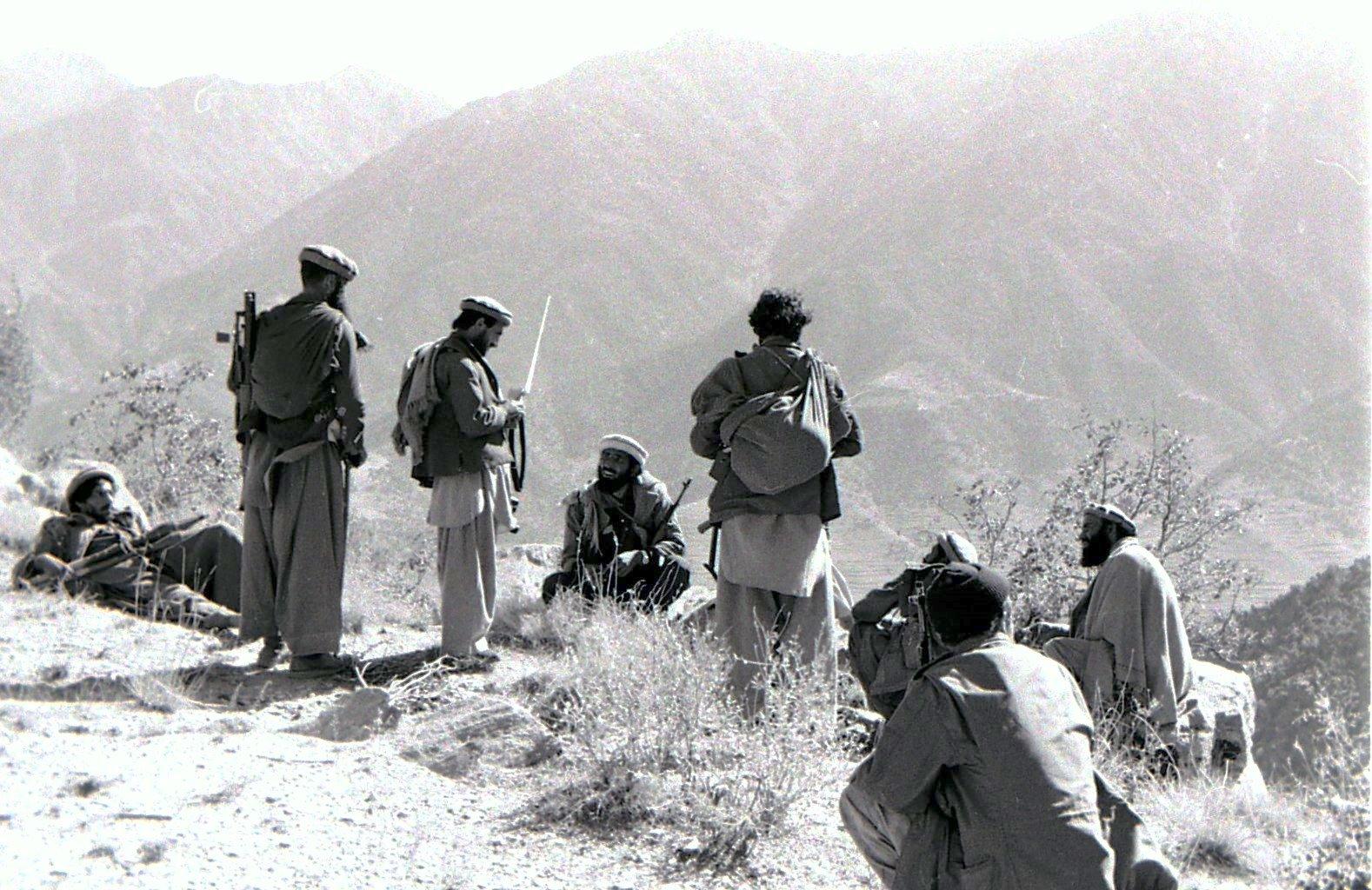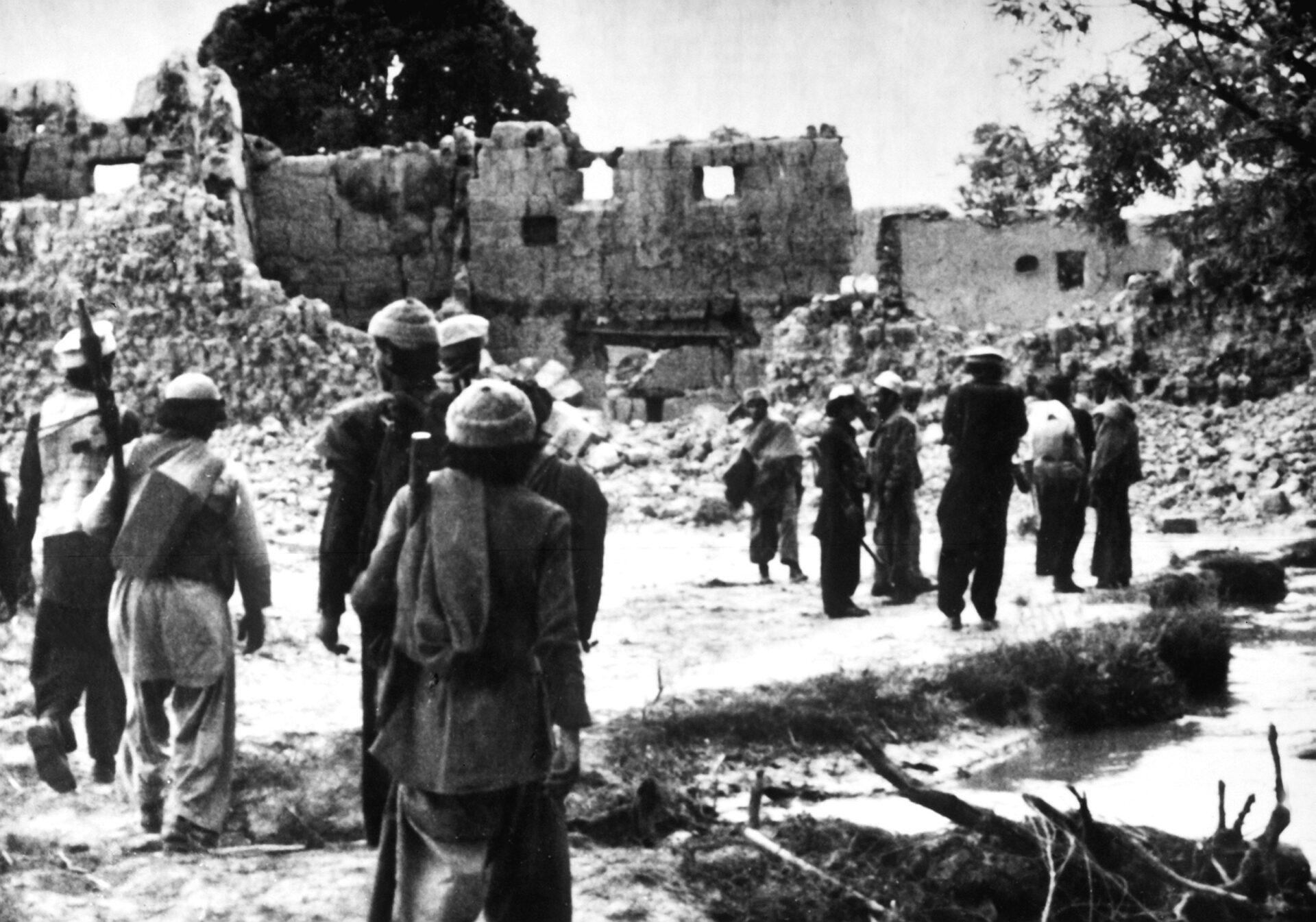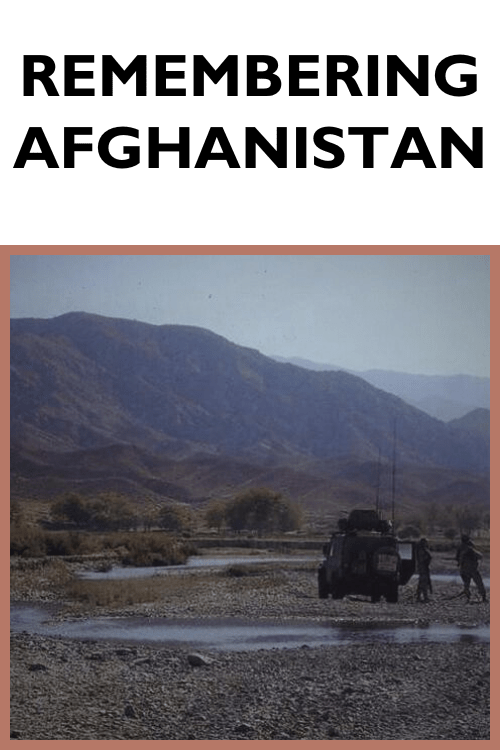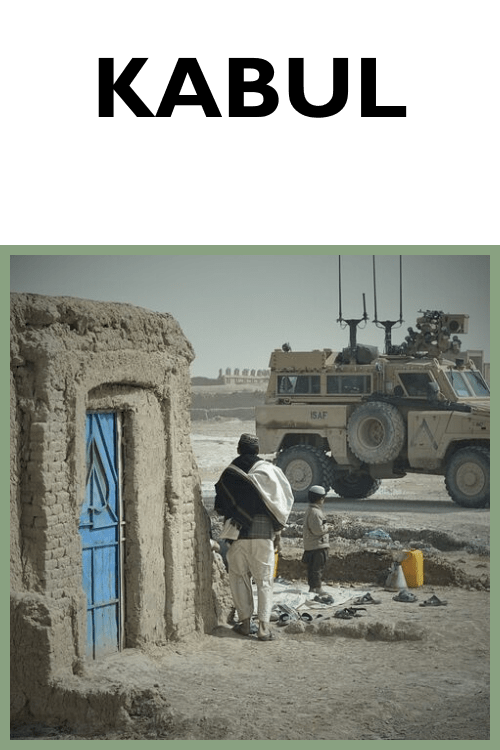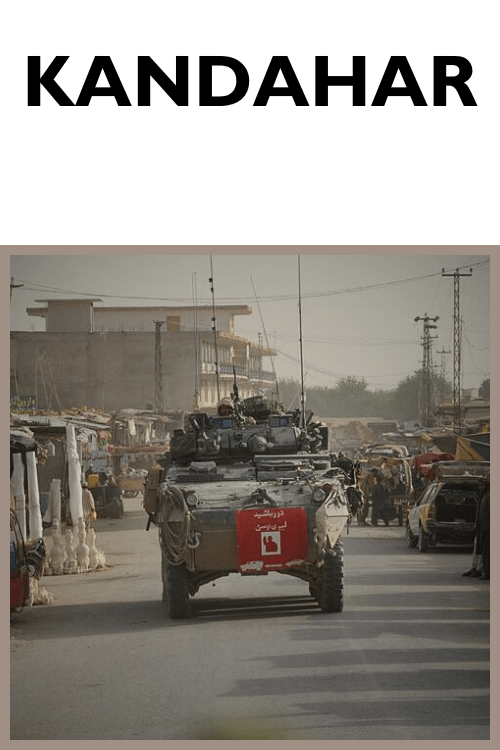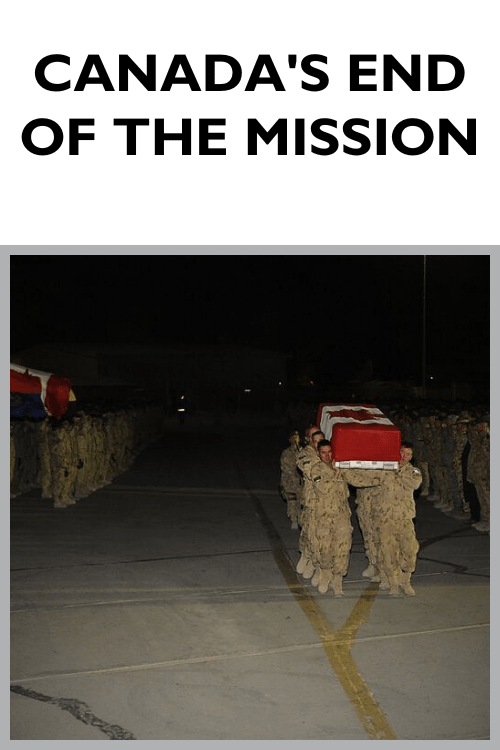REMEMBERING AFGHANISTAN
Before September 11, 2001, most Canadians weren’t very concerned with what was happening across the world in Afghanistan. Indeed, many Canadians knew little to nothing about Afghanistan and knew even less about the Taliban. When the twin towers fell on that Tuesday in September, the words “Afghanistan” and “Taliban” jumped to the front pages of newspapers and scrolled across television screens.
Now, the words “Afghanistan” and “Taliban” are ingrained in our collective consciousness. It has already been two decades since the Canadian Armed Forces first set foot on Afghan soil. Canada’s war there, from 2001 to 2014, is the longest in our history. It is also Canada’s largest military deployment since WWII, with over 40,000 military personnel serving on land, sea and air.
In all, 159 Canadian soldiers were killed and several thousand more were injured. But what do Canadians really know about this place, this war, and the people who fought it? What were we doing there? What was it like? What did we accomplish?
We can, perhaps, find some answers to these complex questions in the reflections of the soldiers who went there. These are their memories.
September 11th
On the morning of September 11, 2001, two airplanes hijacked by terrorists crashed into the twin towers of the World Trade Center in New York City, a third crashed into the Pentagon in Washington, DC, and a fourth crashed into a field in Pennsylvania after passengers overcame the hijackers. Exactly 2,997 people died and over 6,000 more suffered injuries. The dead ranged in age from 2 to 85 and included hundreds of first responders: police officers, firefighters and paramedics. It took over three months to extinguish the flames at the site where the Twin Towers stood in New York City. Many died of cancer-related causes and respiratory disease afterwards. It was the largest act of terror on North American soil.
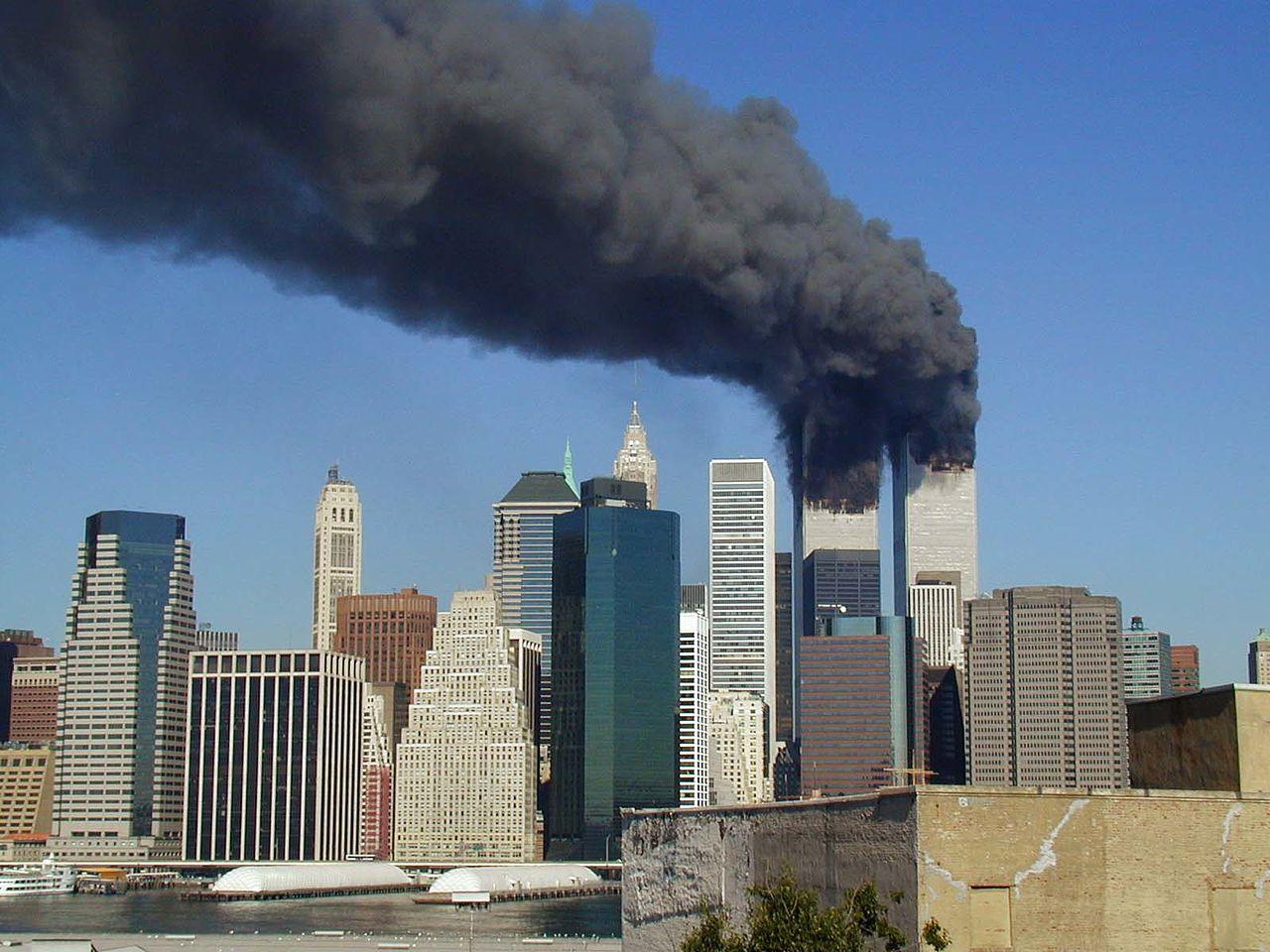
Mere days after the September 11th attacks, it was clear that al-Qaeda, under the leadership of Osama bin Laden, had orchestrated the attacks from their base in Afghanistan. On October 7, 2001, the United States and its allies launched the first attacks in Afghanistan. Their immediate objective was to dismantle the al-Qaeda network, and to deny it a safe base of operations by removing the Taliban from power.
North Atlantic Treaty Organization
The day after the September 11th terrorist attacks, former Prime Minister Jean Chrétien called the US president, George Bush, and pledged Canada’s support to the United States. Canada has been a member of the North Atlantic Treaty Organization (NATO) since its founding in 1949. NATO forces deployed in Afghanistan as the International Security Assistance Force (ISAF) in 2003, and Canada was one of the strongest contributors to that mission up until its end in 2014.
But what is NATO? The North Atlantic Treaty Organization was founded on April 4, 1949 at the signing of the North Atlantic Treaty by 12 nations. Initially formed due to fear of a Soviet attack on western Europe, today it is a military alliance of 29 countries from North America and Europe with the goal of protecting each other through military intervention if one of its member states is attacked. NATO promotes diplomacy and peaceful resolutions to disputes first, however. If this fails, NATO has the capacity to deploy military operations alone or with cooperating nations and international organizations.
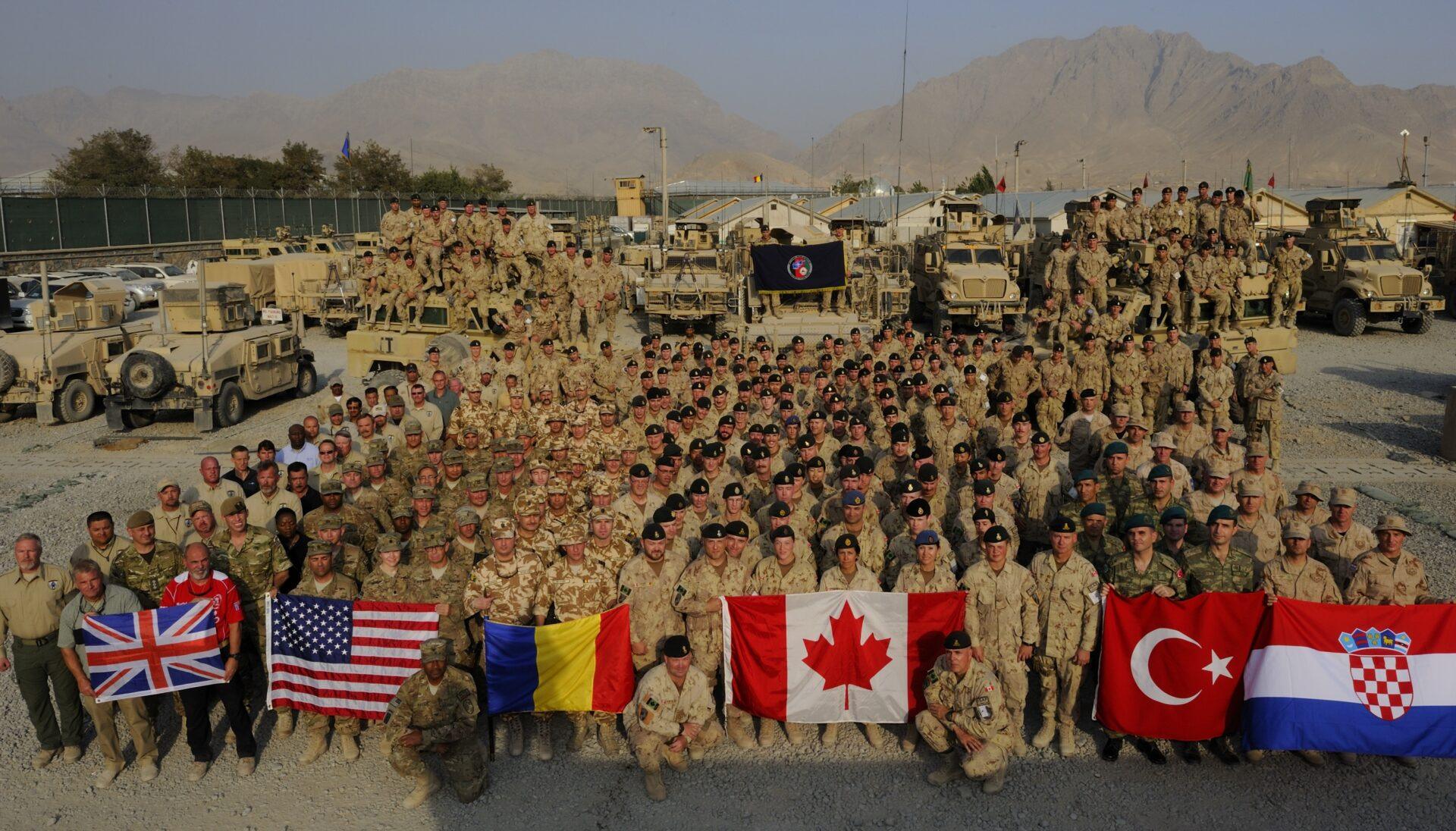
The organization promotes the ideals of democracy, individual liberty and the rule of law. There are three main objectives of the NATO alliance: collective defense, crisis management and cooperative security. All of the member countries have militaries except for Iceland. Three member states have nuclear weapons: United States, United Kingdom and France.
After the attacks of September 11, 2001, NATO used article 5 for the first time since its creation in 1949, which allows member countries to act in self-defence if they are attacked. NATO countries thus declared war on Al-Qaeda and the Taliban.
History of Afghanistan
Afghanistan is a landlocked country approximately the size of Saskatchewan, in Southwest Asia between Iran and Pakistan. It has a population of approximately 32 million, made up of numerous ethnolinguistic groups. The largest ethnic group, the Pashtuns, are further divided into “tribes” with distinct dialects and governing bodies.
Afghanistan became a country in 1747, although civilizations have inhabited the territory since 3000 B.C.E. In more recent times, empires have fought over the strategically located mountainous area between Asia and Europe. Prior to the Arab invasions and the spread of Islam, Zoroastrians, Macedonians, Buddhists and Hindus lived there. Today their descendants make up the diverse groups of people all living in Afghanistan: the Pashtuns, Tajiks, Hazaras, Turkmen, Aimak and Baloch, among others.
In the 19th century, the British and Russian empires wrestled to expand their territories and fought over Afghanistan, nicknaming it the “Great Game”. During the 20th century, Afghanistan experienced political instability and in-fighting until the violent military coup of 1978. The Soviet Union became an economic partner with Afghanistan, helping to build roads, hospitals and schools and to train the Afghan army. At this time, the Afghan government violently punished and murdered those who opposed them.
In 1979 the people, united by Islam and their opposition to liberal policies and Soviet dependence, revolted against the government. 100,000 Soviet troops invaded Afghanistan on December 24, 1979 and the United States responded by giving money and arms to the Mujahideen, Islamic guerrilla fighters, to fight the Soviet Union’s invasion. This was during the Cold War, and the United States did not want the Soviet Union to control this strategically-located territory. Over half a million people were killed by Soviet fighters and over 4 million Afghan refugees fled to Iran and Pakistan.
During the Soviet-Afghan war, which lasted from 1979 to 1989 and which saw Islamic warriors, the Mujahideen, fighting against the Soviet invaders, a number of foreign Muslim fighters came to fight alongside the Afghans. Amongst them was Osama bin Laden, a rich Saudi Arabian. Osama bin Laden believed in strict Islamic law and was against any foreign influence in Muslim affairs. After fighting alongside and helping finance the Mujahideen, bin Laden and 15 other Islamic extremists formed Al Qaeda in 1988 to fight a holy war (jihad) against foreign powers trying to occupy or influence the Muslim world. Al Qaeda was mostly comprised of Arab, non-Afghan fighters who came to train in Afghanistan and Pakistan.
When the war was over and the Soviets left, the country descended into civil war as several victorious warlords fought for territory and power. It was a time of lawlessness, crime and atrocities, with all sides targeting civilians. In 1994, the Taliban, an Islamic militant group, stepped into the mix. They promised stability and an end to lawlessness and quickly grew in strength. Funded by Pakistan and by bin Laden, they gained control of most of the country by 1996 and established the Islamic Emirate of Afghanistan. The Taliban revealed itself to be an oppressive and violent regime. Public executions and punishments became common. Massacres were committed against non-Sunni Muslims. The education of women and girls was illegal and women had to cover their entire bodies, including their faces, with a burka. Most of the country lived without electricity or paved roads. The Taliban also broke ties with foreign aid organizations and civilians suffered from famine, poverty and lack of access to medical care.

